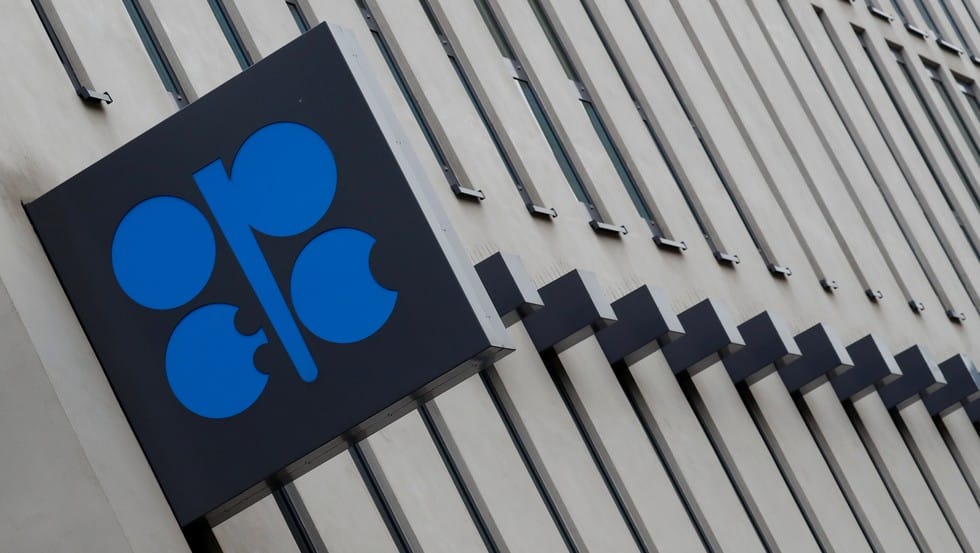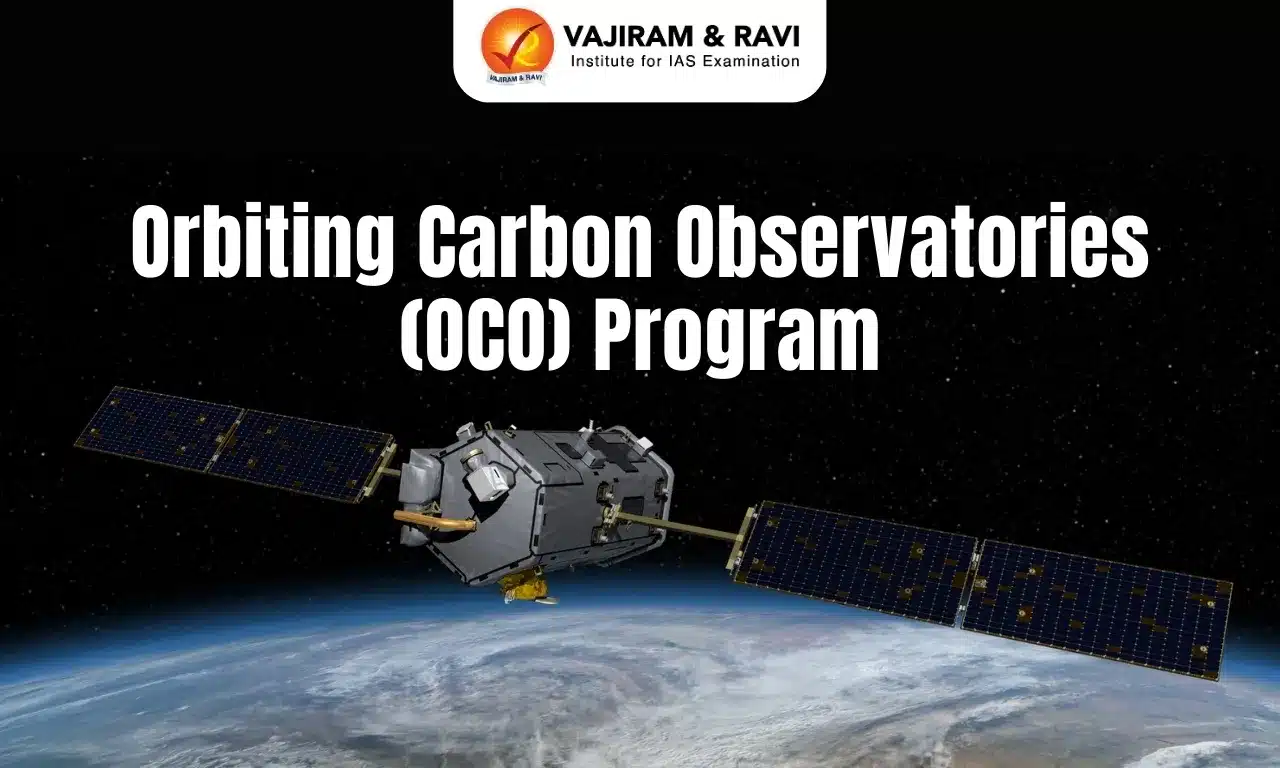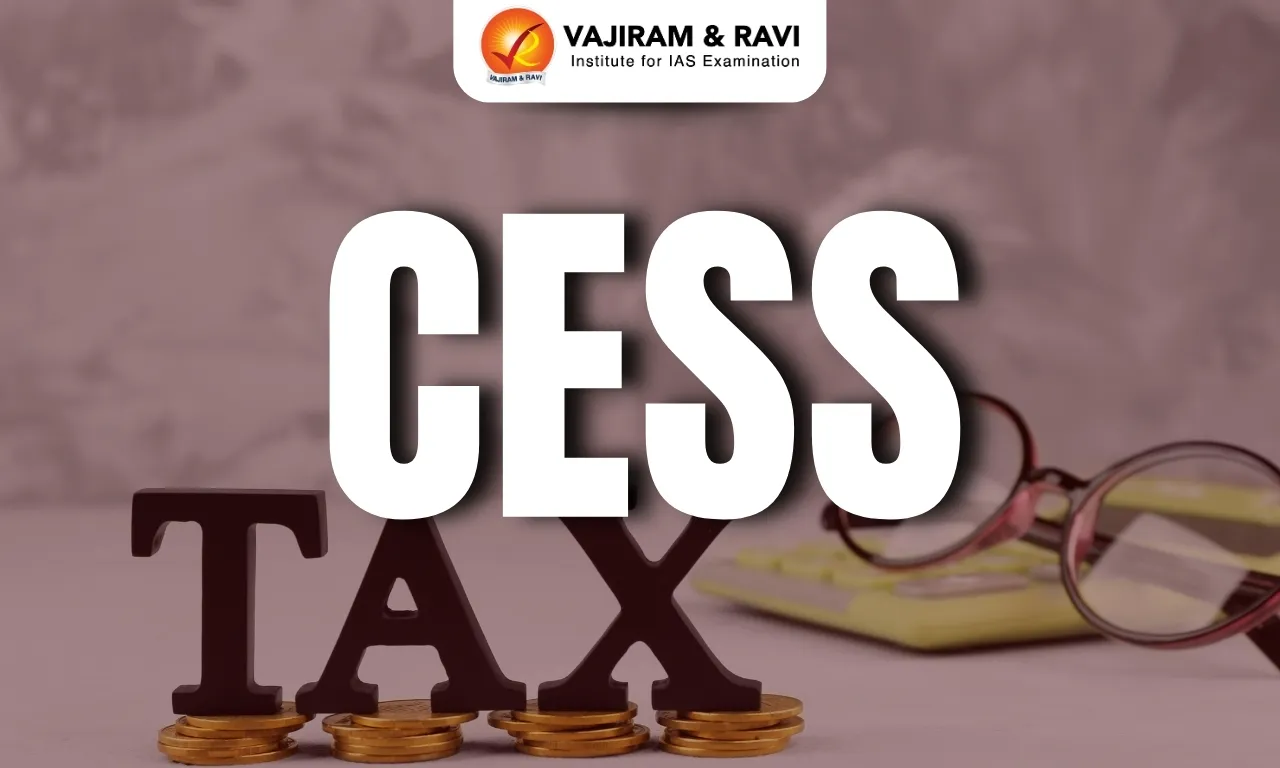About:
- Opec’s de-facto leader Saudi Arabia said the cut of 2 million barrels per day (bpd) of output — equal to 2% of global supply — was necessary to respond to rising interest rates in the West and a weaker global economy.
- It is the biggest cut since the height of the Covid pandemic in 2020. The move would reinforce the perception that Russia and Saudi Arabia are working closely together to manage oil markets.
What is OPEC+?
- Established in 1960 by founding members Iran, Iraq, Kuwait, Saudi Arabia and Venezuela, OPEC has since expanded and now has 13 member states. With the addition of another 11 allied major oil-producing countries that include Russia, the grouping is known as OPEC+.
- Previously controlled by western-dominated multinational oil companies known as the “Seven Sisters,” OPEC sought to give the oil-producing nations greater influence over the global petroleum market.
- They account for roughly 40 per cent of the world’s crude oil and 80 per cent of the globe’s oil reserves, according to estimates from 2018. They usually meet every month to determine how much oil the member states will produce.
Why are they slashing production?
- Oil prices skyrocketed after Russia’s invasion of Ukraine in February, and have since begun to soften over the past few months, before dropping sharply to under $90 in September due to fears of a recession in Europe and reduced demands from China because of its lockdown measures.
- OPEC+ members are concerned that a faltering global economy would reduce the demand for oil, and the cuts are seen as a way to protect profits.
Source : Indian Express
Last updated on August, 2025
→ UPSC Mains Admit Card 2025 will be released soon at www.upsc.gov.in.
→ UPSC Mains 2025 will be conducted on 22nd August 2025.
→ UPSC Notification 2025 was released on 22nd January 2025.
→ UPSC Calendar 2026 is released on 15th May, 2025.
→ UPSC Prelims Question Paper 2025 and Unofficial Prelims Answer Key 2025 are available now.
→ UPSC Prelims Result 2025 is out now for the CSE held on 25 May 2025.
→ The UPSC Vacancy 2025 were released 1129, out of which 979 were for UPSC CSE and remaining 150 are for UPSC IFoS.
→ UPSC Prelims 2026 will be conducted on 24th May, 2026 & UPSC Mains 2026 will be conducted on 21st August 2026.
→ The UPSC Selection Process is of 3 stages-Prelims, Mains and Interview.
→ UPSC Result 2024 is released with latest UPSC Marksheet 2024. Check Now!
→ UPSC Toppers List 2024 is released now. Shakti Dubey is UPSC AIR 1 2024 Topper.
→ Also check Best IAS Coaching in Delhi















